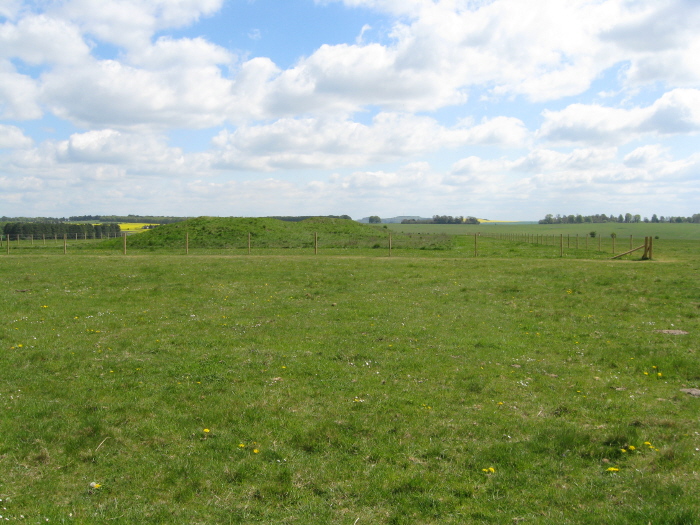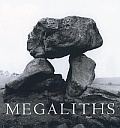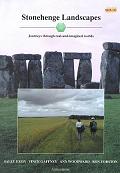<< News >> Stonehenge twin discovered stone's throw away
Submitted by coldrum on Friday, 17 December 2010 Page Views: 13365
Neolithic and Bronze AgeCountry: England County: Wiltshire Type: HengeInternal Links:

Professor Vince Gaffney, of Birmingham university, described the discovery of the new monument, only 900 metres away and apparently contemporary to the 5,000-year-old stone circle, as the most exciting find at Stonehenge in a lifetime.
"This finding is remarkable. It will completely change the way we think about the landscape around Stonehenge.
"People have tended to think that as Stonehenge reached its peak, it was the paramount monument, existing in splendid isolation. This discovery is completely new and extremely important in how we understand Stonehenge and its landscape.
"Stonehenge is one of the most studied monuments on Earth but this demonstrates that there is still much more to be found."
Midsummer revellers coming to Stonehenge for the solstice have probably trampled unwittingly across the grass hiding the henge.
The henge was revealed within a fortnight of an international team beginning fieldwork on the three-year Stonehenge Hidden Landscape project, which aims to survey and map 14 sq km of the sacred landscape around the world's most famous prehistoric monument, which is studded with thousands more monuments from single standing stones to ploughed out burial mounds.
Amanda Chadburn, the archaeologist responsible for Stonehenge at English Heritage, said: "This new monument is part of a growing body of evidence which shows how important the summer and winter solstices were to the ancient peoples who built Stonehenge. The discovery is all the more remarkable given how much research there has been in the vicinity of Stonehenge, and emphasises the importance of continuing research within and around the world heritage site."
The survey suggests that the henge was on the same alignment as Stonehenge, and comprised a segmented ditch with north-east and south-west entrances, enclosing internal pits up to a metre in diameter believed to have held massive timbers.
Read more in The Guardian: http://www.guardian.co.uk/culture/2010/jul/22/stonehenge-new-discovery
Interactive Guide: http://www.guardian.co.uk/culture/interactive/2010/jul/22/stonehenge-sacred-landscape-archaeology?intcmp=239
Note: Update - The Daily Mail gets a bit over excited and Mike Pitts tries to calm things down, see the latest additions to this page
<< Did Climate Change Drive Prehistoric Culture Change?
Could carved stone balls have been used as ball bearings at Stonehenge? >>






 We would like to know more about this location. Please feel free to add a brief description and any relevant information in your own language.
We would like to know more about this location. Please feel free to add a brief description and any relevant information in your own language. Wir möchten mehr über diese Stätte erfahren. Bitte zögern Sie nicht, eine kurze Beschreibung und relevante Informationen in Deutsch hinzuzufügen.
Wir möchten mehr über diese Stätte erfahren. Bitte zögern Sie nicht, eine kurze Beschreibung und relevante Informationen in Deutsch hinzuzufügen. Nous aimerions en savoir encore un peu sur les lieux. S'il vous plaît n'hesitez pas à ajouter une courte description et tous les renseignements pertinents dans votre propre langue.
Nous aimerions en savoir encore un peu sur les lieux. S'il vous plaît n'hesitez pas à ajouter une courte description et tous les renseignements pertinents dans votre propre langue. Quisieramos informarnos un poco más de las lugares. No dude en añadir una breve descripción y otros datos relevantes en su propio idioma.
Quisieramos informarnos un poco más de las lugares. No dude en añadir una breve descripción y otros datos relevantes en su propio idioma.